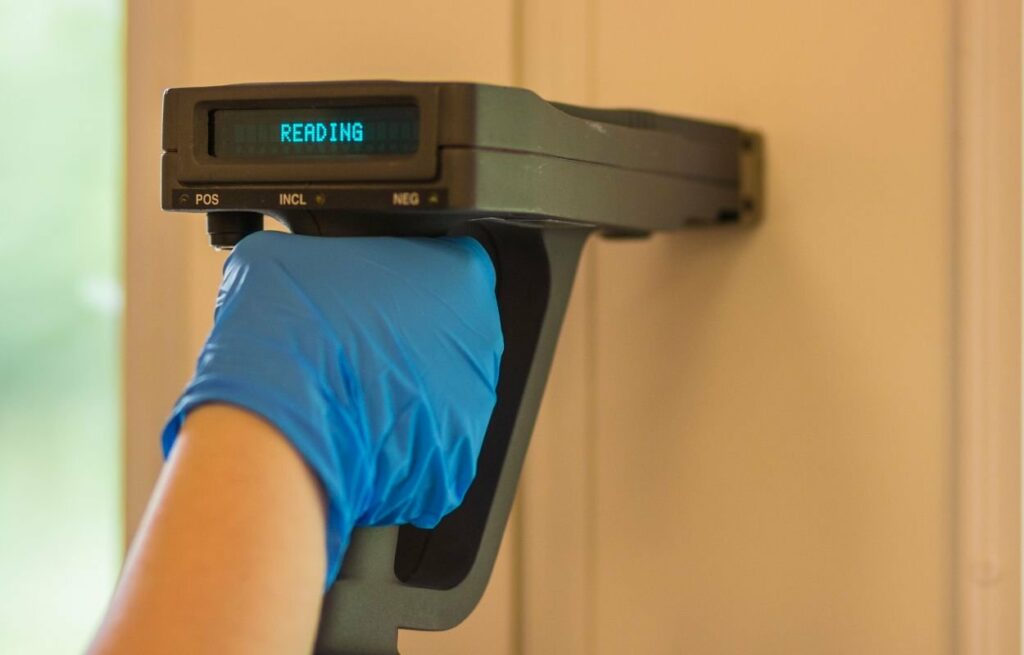
Preparing your home for a lead abatement project is an important task. Whether you’ve just discovered lead paint in your home or you’re being proactive about potential hazards, taking the right steps can make a huge difference. Lead abatement in Victoria requires careful planning and execution to ensure a safe and effective process. Here’s how to prepare your home for a lead abatement project, keeping it simple and straightforward.
UNDERSTAND THE BASICS OF LEAD ABATEMENT
Before diving into preparations, it’s essential to understand what lead abatement is. This process involves the removal or encapsulation of lead-based materials. In older homes, lead paint is the most common culprit. Exposure to lead can pose serious health risks, especially for children and pregnant women. Therefore, addressing this issue promptly is crucial.
KNOW WHAT TO EXPECT
Lead abatement is not just a simple paint job. It requires special precautions and methods to ensure safety. Knowing what to expect can help you feel more prepared. Professionals will use specialized equipment and follow strict guidelines to prevent lead dust from spreading throughout your home. The abatement process typically involves testing for lead, setting up containment areas, removing or encapsulating lead-based materials, and cleaning up with clearance testing afterward. Understanding these steps will help you grasp why preparation is so vital.
CREATE A SAFE ENVIRONMENT
The first step in preparing for lead abatement in Victoria is to create a safe environment. Remove all furniture and belongings from the areas where work will occur. This helps protect your possessions from dust and damage. If you can’t move large items, cover them with plastic sheeting to shield them from dust. Additionally, take down any wall hangings, curtains, or blinds, as these items can trap lead dust and should be cleaned or removed entirely. Ensuring that the work area is clear will make the job easier and safer for the professionals.
SEAL OFF WORK AREAS
Once you’ve cleared the space, it’s time to seal off the areas where lead abatement will take place. This step helps contain lead dust and prevents it from spreading to other parts of your home. You can use plastic sheeting and tape to cover doorways, vents, and windows. Make sure to create a clear path for workers to enter and exit without carrying dust with them. If possible, designate a separate entry point for workers to minimize the risk of contamination in your living spaces.
INFORM YOUR FAMILY
Communication is key when preparing for lead abatement. Inform your family about the project and its importance. Explain why the work is being done and what to expect during the process. If you have young children or pets, consider temporarily relocating them to a safe environment until the project is complete. Additionally, talk to your neighbors. Let them know about the lead abatement project, especially if you live in a multi-unit building. This can help them prepare and minimize concerns.
SCHEDULE THE ABATEMENT
Choosing the right time for lead abatement in Victoria is essential. Try to schedule the project for a time when you and your family can be away from home. This might mean booking the work during a vacation or staying with friends or family for a few days. The process can take several days, depending on the size of the area being worked on. If you can’t be away from home, ensure you have a designated safe area to stay during the abatement. This space should be far from the work areas and well-ventilated.
PREPARE FOR CLEANUP
Once the lead abatement is complete, a thorough cleanup will be necessary. While the professionals will handle much of this, you’ll want to prepare your home for the post-abatement phase. Consider planning for any repairs or repainting needed after the project. Ensure that any contaminated items that could not be removed are cleaned properly, including floors, vents, and any other surfaces that might have been exposed to lead dust. Having a plan for cleanup can ease your mind and ensure your home returns to normal quickly.
CONSIDER HEALTH TESTING
After the lead abatement project, it’s wise to conduct health testing. This can help ensure that there’s no lingering lead exposure risk in your home. You can work with professionals who specialize in lead testing to check for lead dust or other residuals. They will perform clearance testing to verify that the environment is safe for you and your family. Regularly testing your home can also be a part of your ongoing safety measures. Even after abatement, you should stay informed about the health risks associated with lead.
MAINTAIN OPEN COMMUNICATION WITH PROFESSIONALS
During the lead abatement process, keep the lines of communication open with your abatement team. They can provide updates on the project and address any concerns you may have. Don’t hesitate to ask questions about the process, safety measures, and what to expect next. This will help you feel more in control and informed throughout the project.
PLAN FOR THE FUTURE
After completing the lead abatement project, you might want to take steps to prevent lead hazards in the future. Consider hiring professionals for regular inspections of your home. Stay informed about any changes in regulations related to lead paint and hazards. Educating your family about lead safety, especially if you have children, is also a good idea. By staying proactive, you can help protect your family from lead-related risks long after the abatement is complete.
Preparing your Victoria home for a lead abatement project is an essential step toward ensuring a safe living environment. By understanding the process, creating a safe space, and communicating with your family and professionals, you can make the project smoother and more effective. Remember that lead abatement in Victoria is not just about removing lead; it’s about creating a healthier future for you and your loved ones. Taking the time to prepare will pay off in the long run, leading to peace of mind and a safer home.



